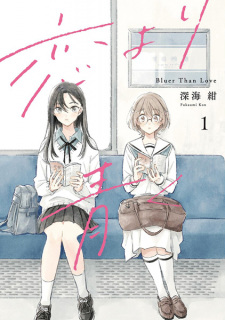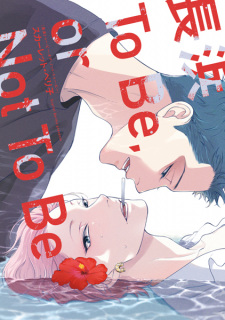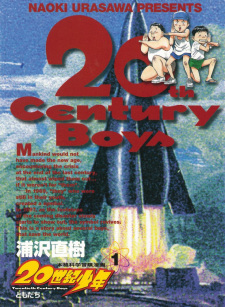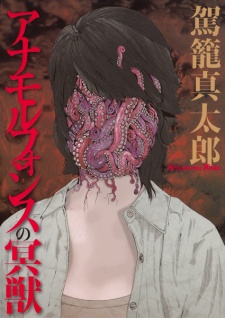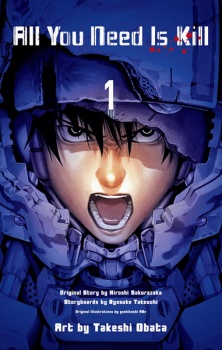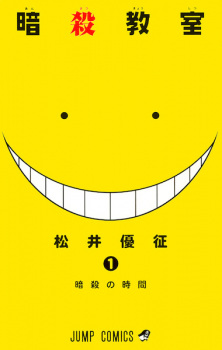Feb 5, 2014
Picked up this apparently obscure manga for a college anime/manga class - didn't have any expectations going into it, but I ended up enjoying it a lot.
Nonnonba to Ore, or simply Nonnonba, is a story about growing up - the chapters each provide vignettes of daily life growing up in pre-WW2 Japan, evoking senses of nostalgia easily even if one did not live through the time period. Some chapters are connected, some aren't. The book is, then, better enjoyed in chunks than plowing through it all at once.
The book's art style is interesting - personally, I found it more reminiscent of western cartoons than what's
...
thought of as 'manga'; this isn't a flaw, however, it ends up working in the book's favor. Also of interest are the yokai of the story, whose appearances are directly taken from traditional art. This juxtaposition of old and new creates a work with a surprising amount of depth for what appears to be a children's story on the surface.
The characters in the story have depth, albeit not much, because many major characters do not remain in the story for more than a few chapters at a time, wherein they usually go through some form of major development before disappearing. The core characters - the protagonist, his family, and Nonnonba - go through varying degrees of development based upon how much they realistically need. This works well, but do not expect anything too flashy or touching. It is pragmatic at best and nonexistent at worst.
The real stars of the show, arguably, are the yokai. Each chapter seems to revolve around them as much as it revolves around the events in the protagonist's life. They may only appear for a few pages, sometimes even a few panels, but they steal the show with their variety and dynamic presentation. If you read this book for no other reason, read it for the yokai.
I enjoyed this book as a stand-alone volume, but it's not for everyone - it's a tad expensive because of the brand new packaging and translation, so read it online first to get a feel for it. I definitely find it worthwhile, but much more so from a anthropological standpoint than a fun standpoint.
Overall, a 7 out of 10. Read this if you (like me) like Japanese folklore or stories of growing up right before the 1940s. Otherwise, you can probably find more 'enjoyable' things elsewhere.
Reviewer’s Rating: 7
What did you think of this review?
Nice
 0
0
Love it
 0
0
Funny
 0
0
Confusing
 0
0
Well-written
 0
0
Creative
 0
0Show all
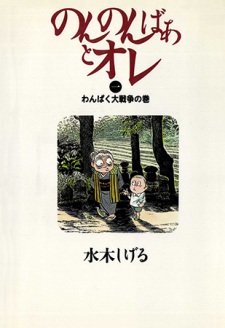

 (1).png)


